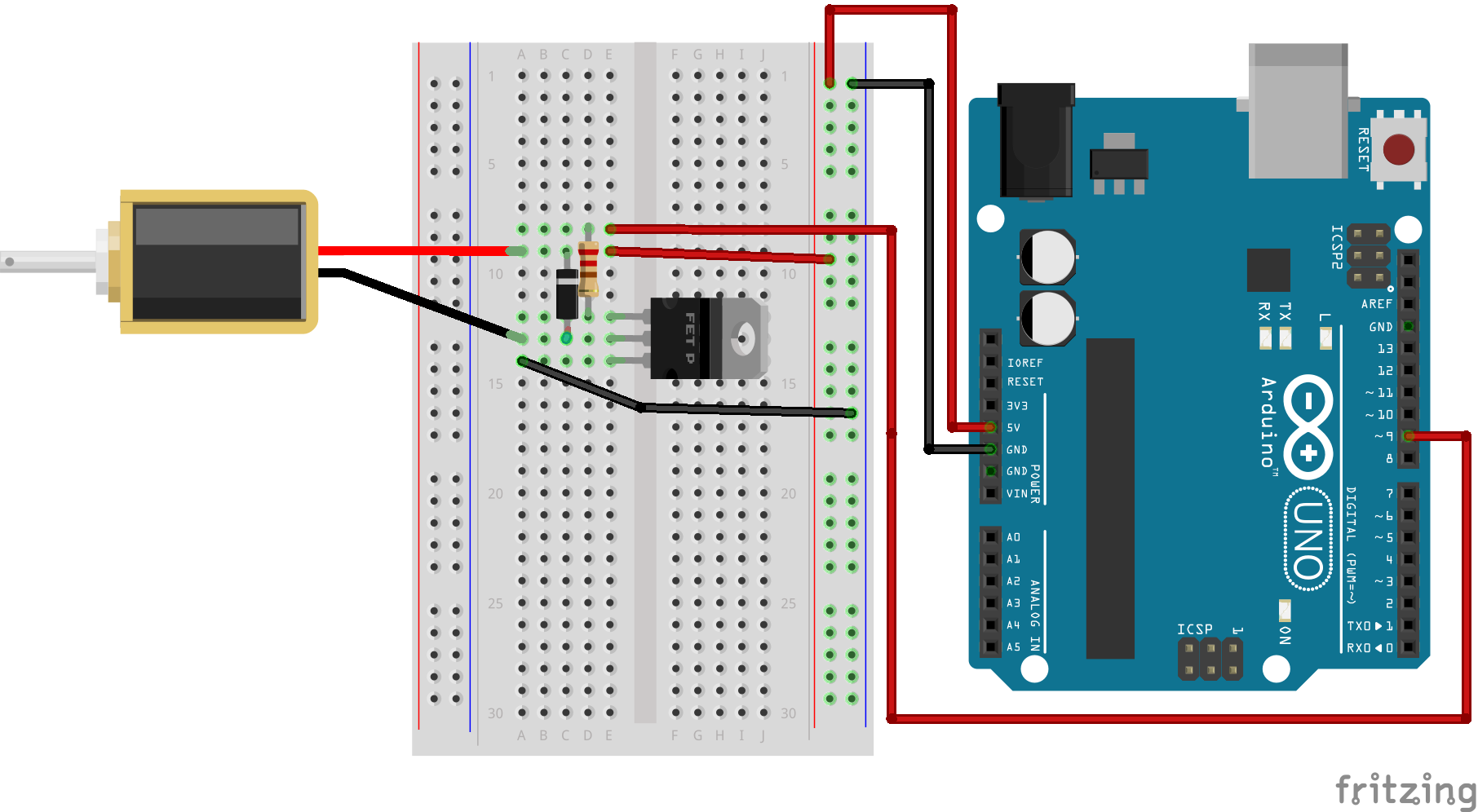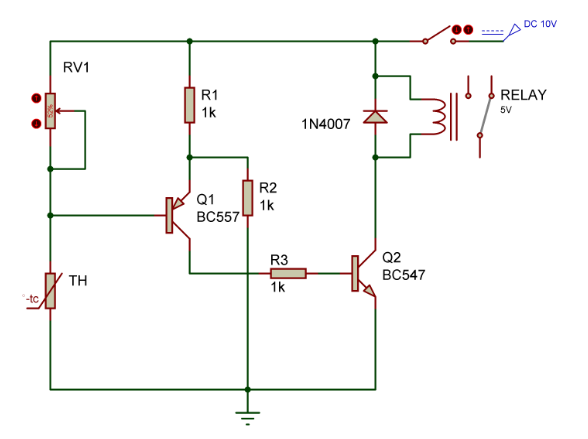

Moreover, the driver is able to supply the current required by the transistor gate in order to control the switching time (turn-on and turn-off). Obviously using this type of driver, control of the low side transistor is not an issue as its source (emitter) is connected to the ground. Driver for a three-phase SHD830301 inverter source: Sensitron Semiconductor This objective may be fulfilled using two techniques: –Ĭreation of a galvanically insulated switch-mode power supply with a 15 V output (flyback or forward) –įigure 3.5. Clearly, it is not practical to manufacture a 615 V control power supply it is better to use an insulated 15 V supply, with a negative terminal connected to the floating voltage (that of the mid-point of the half-bridge).

In these conditions, a classic control circuit cannot operate properly: a “floating” power supply is needed to allow the circuit to maintain the voltage of the transistor gate a few volts (in practice, 10–15 V) above the emitter voltage (in this case, 600 V). Figure 3.4 shows a diagram of an IGBT half-bridge driver used to control a high side transistor based on the studies already completed, we know that the emitter voltage can vary between the voltage of the ground and that of the positive terminal of the DC/not continuous bus (e.g. In the previous paragraph, we discussed gate control in simple cases of transistor control where the source (or emitter) is connected to the ground. However, these limits do exist potential research opportunity in the future. Thermal prediction based on models could be a potential alternative solution, but it highly relies on the accuracy of converter's loss model and thermal impedance model, which nowadays are still not sophisticated enough to cover the complicated operating conditions of converter, packaging technologies of power device, as well as the cooling conditions and methods of power device. This is mainly due to the thermal measurement which is hard to be implemented inside the power device while it is in the real-field operation, especially in the applications where the power density is designed to be high. It is worth to mention that most of the thermal loading controls seen in the public literatures are based on open-loop without the temperature feedback in the devices. for active balancing the junction temperatures of the MMC cells. In modular multilevel converters (MMC) the modules are stressed unequally in specific conditions, leading to higher thermal stress in particular modules. This enables low-power operation of nearly overheated systems to prevent further rise in temperature and thereby a complete shutdown or damage of the module due to over temperature. Moreover, a dynamic limit of the inverter current under thermal constraints is proposed in Ref. the used active thermal controllers decrease the switching frequency below that of the uncontrolled system at the price of an increase in the current ripple.Īnother approach is to manipulate the loss distribution between IGBTs and diodes, by adjustment of the DC link voltage which influences the modulation index. The switching frequency control can be done using linear control or hysteresis control. By adjusting the control parameters in these active gate controls, they can also be applied to reduce the thermal cycling in the semiconductors.Īdjusting the switching frequency is another popular way to control the thermal behaviors of the power devices. Another active gate control has been used to balance the currents among parallel connected IGBT devices. In the literature an active gate driver has been reported that is applied for counteracting variations in the on-state resistance of the IGBTs. As the gate drive voltage influences both conduction and switching losses of the semiconductors, it can be used to decrease the thermal cycling amplitude.

Ke Ma, in Control of Power Electronic Converters and Systems, 2018 26.5 Thermal Control at Other Levelsīesides the thermal control methods at modulation level and system function level, other thermal control approaches have also been reported.Īctive gate control is a possibility to control the semiconductor losses, without affecting the functionality of the converter.


 0 kommentar(er)
0 kommentar(er)
